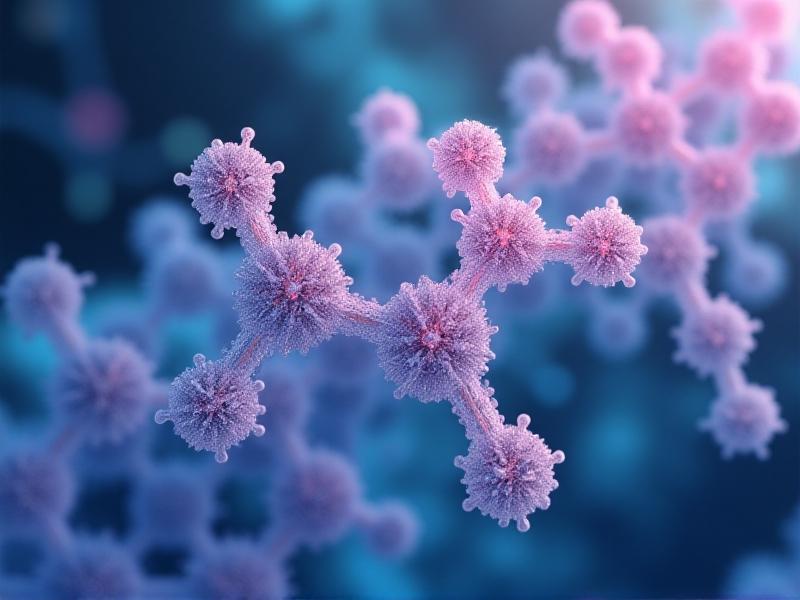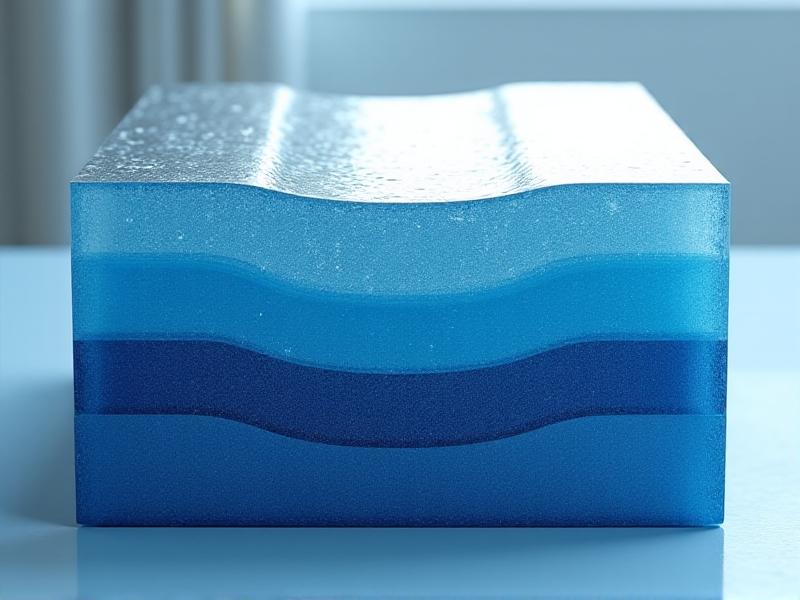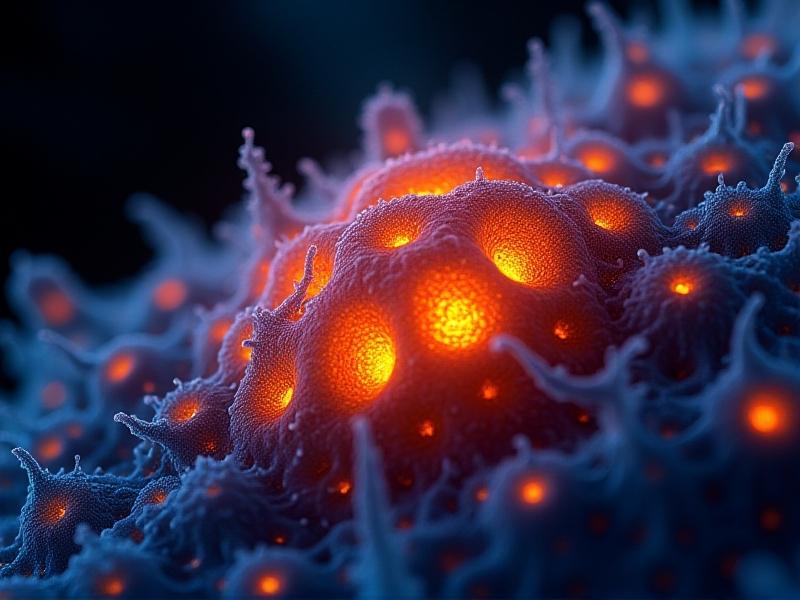Cold Shock Proteins & Cellular Repair
Unlocking the Secrets of Cold Shock Proteins: Guardians of Cellular Health
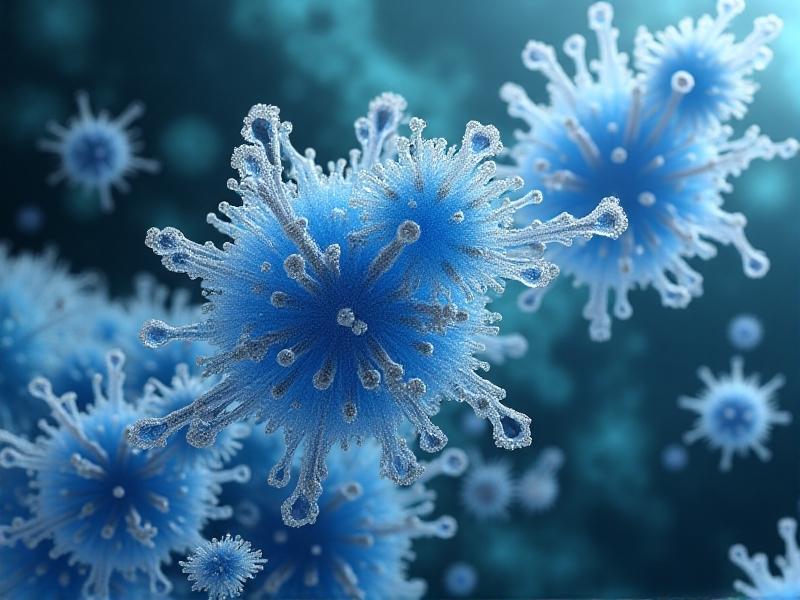
When life faces the biting embrace of cold, organisms from bacteria to humans activate a remarkable defense mechanism: cold shock proteins (CSPs). These molecular protectors are not merely survival tools for frigid environments—they hold profound implications for repairing cellular damage, combating disease, and even slowing aging. As researchers unravel their functions, CSPs are emerging as potential keystones in next-generation medical therapies.
The Biological Role of Cold Shock Proteins
CSPs belong to a family of stress-induced molecules produced when cells experience sudden temperature drops. Unlike heat shock proteins that address protein misfolding, CSPs specialize in stabilizing RNA—the genetic messenger critical for protein synthesis. They act as molecular chaperones, preventing RNA from forming harmful aggregates during stress and maintaining cellular functions when temperatures plummet. Studies show that organisms lacking sufficient CSPs suffer catastrophic cellular collapse under cold conditions, highlighting their non-negotiable role in survival.
From Frosty Discoveries to Medical Frontiers

The story of CSPs began with curious observations in extreme environments. Microbiologists first noted their existence in Arctic bacteria thriving in subzero oceans. By the 1990s, researchers identified homologous proteins in mammals, including humans. This evolutionary conservation suggests CSPs fulfill fundamental biological roles beyond temperature adaptation. Breakthrough studies in 2016 revealed that inducing CSP expression in warm-blooded animals could mimic the protective effects of therapeutic hypothermia—a medical technique used to minimize brain damage after cardiac arrest.
Mechanisms of Cellular Repair: RNA Stabilization and Beyond
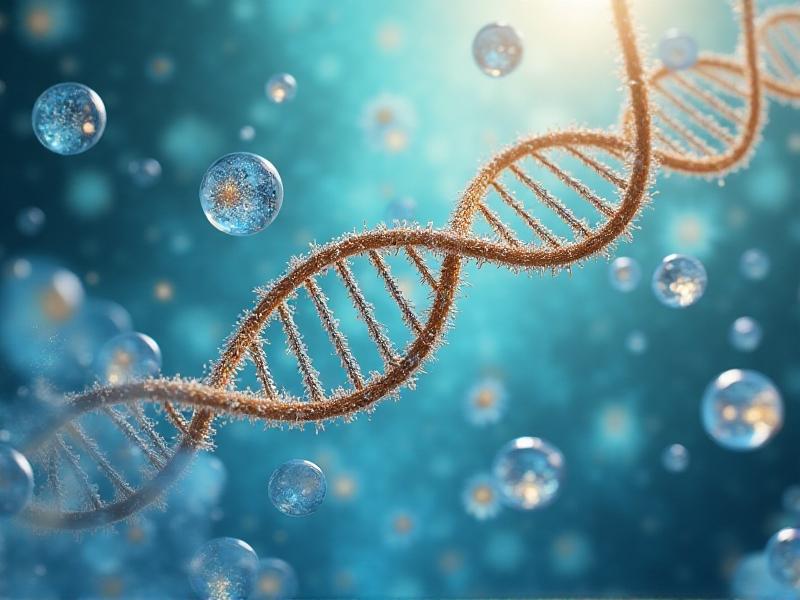
At suboptimal temperatures, cellular RNA becomes prone to misfolding—like ink freezing mid-sentence. CSPs bind to exposed RNA regions, maintaining structural integrity and ensuring translation continues despite stress. Recent research uncovered their dual role in regulating apoptosis (programmed cell death). By inhibiting pro-apoptotic signals, CSPs buy time for repair mechanisms to address damage. This dual functionality—stabilizing genetic material while delaying cell death—makes them master orchestrators of cellular recovery.
Medical Applications: From Stroke Recovery to Neurodegeneration
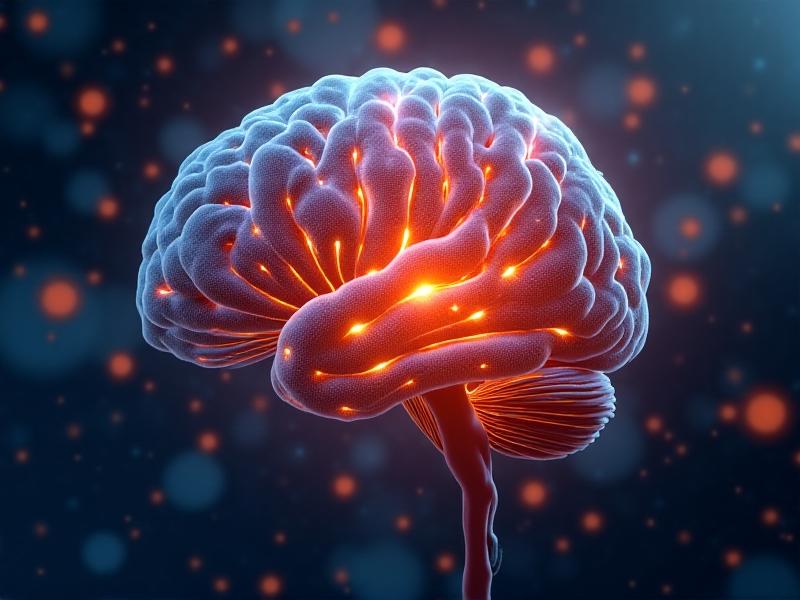
Clinicians are exploring CSP-based therapies for conditions involving hypoxic or traumatic damage. In stroke models, boosting CSP levels reduced brain lesion size by 40% compared to controls. Pharma companies are developing compounds that mimic CSP activity to protect neurons in Alzheimer’s and Parkinson’s disease. One trial found CSP-enhancing drugs crossed the blood-brain barrier effectively, slowing cognitive decline in early-stage Alzheimer’s patients by modulating inflammation and synaptic repair.
Aging and Cold Shock Proteins: Chilling the Clock?
Aging correlates with declining CSP production—a trend reversible in animal models through cold exposure regimens. Naked mole rats, which exhibit negligible aging, maintain high CSP levels throughout life. Researchers hypothesize that CSPs mitigate age-related RNA instability, a root cause of degenerative diseases. Cryotherapy enthusiasts argue that regular cold showers might boost CSP activity, though human trials show only moderate increases. More promising are gene therapies aiming to sustain CSP expression into advanced age.
Future Horizons: Engineering Cold Adaptability
The next decade will likely see CSP research converge with gene editing and synthetic biology. Teams at MIT recently created a synthetic CSP variant with 200% enhanced RNA-binding capacity. Agricultural scientists experiment with CSP-enhanced crops resistant to frost damage. Meanwhile, NASA-funded projects investigate whether inducing CSP expression could help humans withstand the extreme cold of Mars. As climate change alters ecosystems, understanding these proteins may prove crucial for preserving biodiversity.
From their humble beginnings in cold-loving bacteria to their potential role in interplanetary exploration, cold shock proteins exemplify nature’s ingenuity. As science learns to harness their protective powers, we edge closer to therapies that could make cellular damage as treatable as the common cold—proof that sometimes, the chilliest environments spark the hottest breakthroughs.


